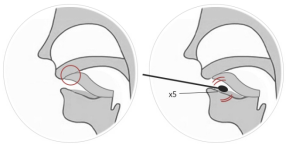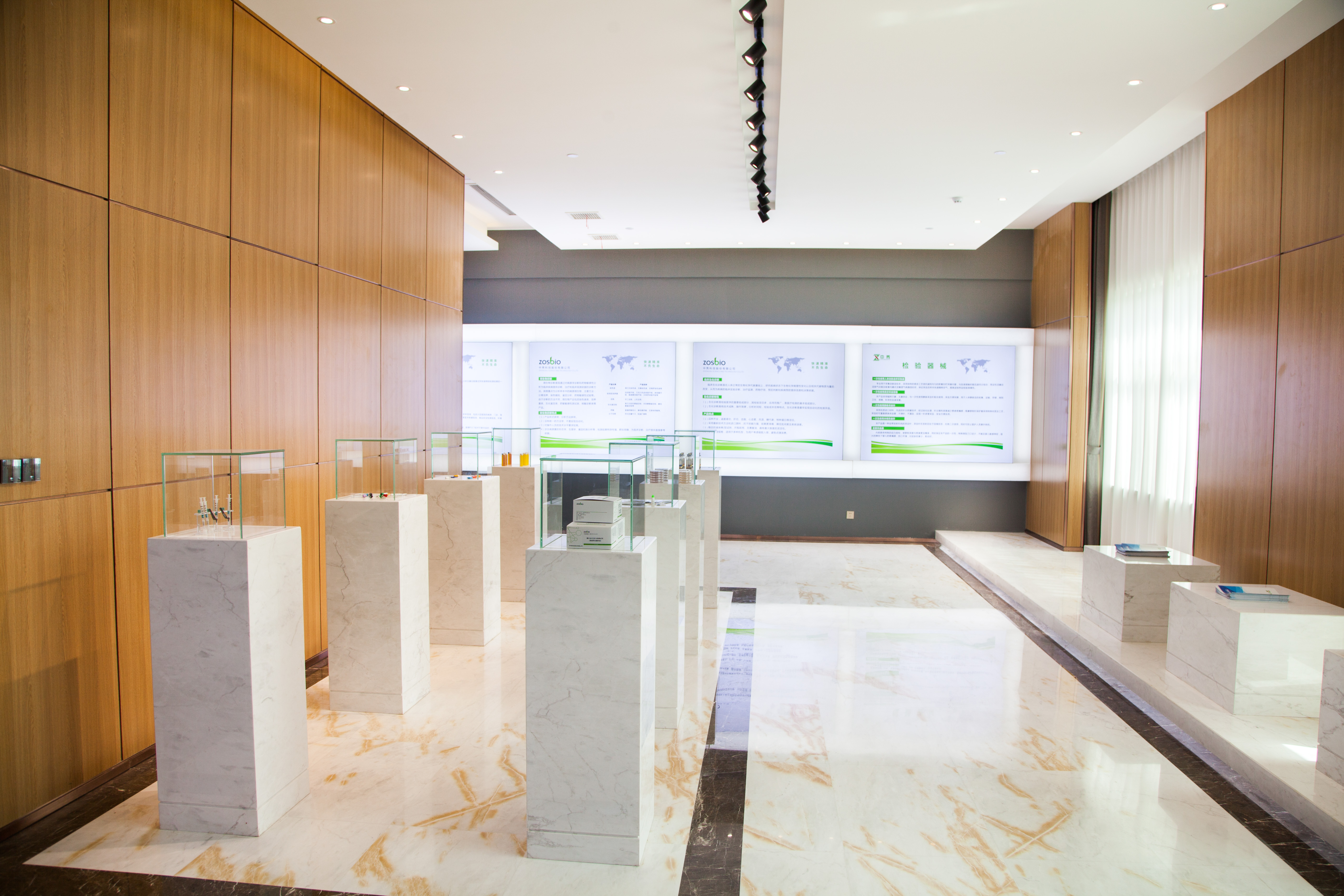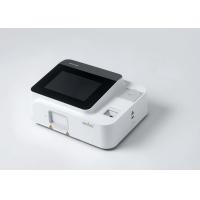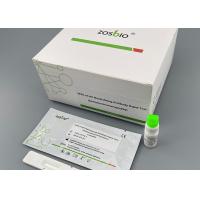Sample Requirements
(1) Saliva sample collection: Do not eat or drink chewing gum or
tobacco products within 30 minutes after saliva sample collection.
Put the tip of your tongue against the palate to collect saliva
roots. Disposable sterile cotton swabs are placed under saliva
samples. Use the tip of the tongue for at least 10 seconds, fully
immerse in saliva, and rotate for more than 5 times. (see table 1)
Note: If the saliva sample is not collected correctly.

Figure 1 Methodsfor saliva sample collection

Figure 2 Methods for sputum sample collection
(2) Sputum specimen collection: rinse with clean water, cough up
sputum, put it into specimen bag, and wipe the specimen with
disposable sterile cotton swabs. (see figure 2)
(3) Sample treatment: the collected samples are treated with the
sample buffer provided by this kit (the samples that are not
immediately treated should be stored in a dry, sterile and sealed
container). 2-8 degrees Celsius to 24 hours, longer than 70 degrees
Celsius (but avoid repeated freezing and thawing).
Test Method
Read the instructions carefully before the test. All reagents are
put back to room temperature and tested at room temperature.
Example processing (see Figure 3).
(1) Insert the sample swab into the sample buffer, rotate the
sample near the inner wall for about 10 times, and dissolve the
sample in the solution as much as possible.
(2) Press the swab head along the inner wall to make the liquid
flow into the pipe, remove the swab and discard it.
(3) Cover with small water droplets.

Figure 3 Sample processing

Figure 4 Test procedure
2. Test process (see Figure 4).
(1) Remove the test card.
(2) Add 2 drops (about 80L) of processed sample extract into the
sample well of the test card, and start timing.
(3) Read the card at room temperature for 15 minutes, and the
result is invalid after 20 minutes.
Interpretation of Test Results
Test card description (see Figure 5):
1. Results: The quality control line (line C) should be rechecked.
2. Negative results: quality control line (C line), red ribbon and
coloring.
3. Positive results: There are two red stripes on the detection
line (T line) and the quality control line (C line).

Figure 5 Interpretation of test results
Limitation of Test Method
1. This product is a qualitative test, which is only used to assist
in vitro diagnosis.
2. This product is suitable for saliva and sputum samples, and
other types of samples may have inaccurate or invalid sample
results.
3. If the patient has no sputum samples, nasopharyngeal swabs
should be used for testing.
4. Make sure to add the right amount of samples for testing. Or too
many samples may lead to inaccurate results.
5. The test results of this reagent are for clinical reference
only, and should not be used as the only basis for clinical
diagnosis and treatment. After comprehensive evaluation of all
clinical and laboratory results, the diagnosis of the disease was
finally made.
Product Performance Indicators
1. detection limit: inactivated sars-cov-2 virus culture was used
in this study. The lowest detection limit is 6 102 tcid50/ml.
2. The company standard materials shall be used for testing, and
the test results shall meet the requirements of the company
standard materials.
2.1 qualified rate of positive control: p1-p5 of enterprise
positive control.
2.2 qualified rate of negative control: our n1-n10 negative control
test is negative.
2.3 detection limit: refer to L1-L3, L1 is negative, L2 and L3 are
positive.
2.4 Reproducibility: J1 and J2 were 10 times positive.
3. Cross-reaction: Inject the following microorganisms and viruses
into the samples at specified concentrations to evaluate their
potential interference to the 2019 novel coronavirus antigen
detection program.
4. Interference: Evaluate the potential interference in the
2019-nCoV Ag detection procedure, and add the following drugs at
the specified concentration. The results showed that all kinds of
drugs did not interfere with the detection results of reagents.
5. Hook effect: There is no hook effect in the high concentration
range of 1.0106 TCID50/mL.
6. Clinical study: Using RT-PCR sputum reagent as comparative
reagent, saliva and sputum samples were detected respectively. 120
positive and negative samples were selected for each sample size
(RT-PCR detection), and the second detection was carried out with
XIUS reagent. The research results are summarized as follows:
Precautions
1. This product is used for in vitro diagnosis.
2. This product is disposable and cannot be recycled.
3. Please operate in strict accordance with the reagent
instructions, and please read the instructions carefully before the
experiment.
4. Avoid testing under harsh environmental conditions (including
high-concentration corrosive gases, such as 84 disinfectant, dust,
sodium hypochlorite, acid and alkali, acetaldehyde, etc.).
Laboratory disinfection should be carried out after the experiment.
Company profile
Zhongxiu Science And Technology Co.,Ltd., is a high-tech enterprise
engaged in the research and development, production and operation
of in vitro diagnostic products. The in vitro diagnostic products
developed by the company cover POCT series, microbial series,
biochemical series and immune series reagents and supporting
instruments.
The company has always adhered to the core concept of "fast and
accurate, living up to life", committed to providing society with
excellent products and services, and contributing to the cause of
human health.

















